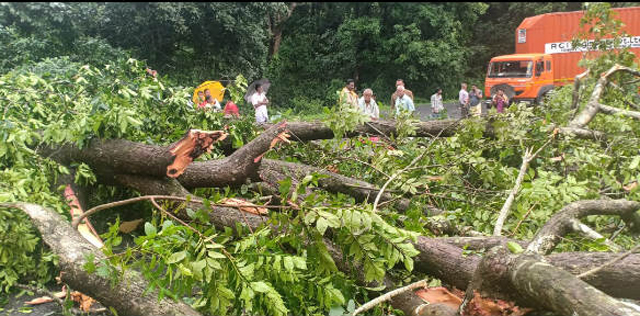Mangaluru, May 8: After continuous pressure on Union government from Karnataka NRI Forum- UAE, the first special flight carrying 180 Kannadigas who stranded at UAE due to Covid-19 pandemic will fly from Dubai to Mangaluru on May 14.
The special flight will take off from Dubai at 4.10 p.m. UAE time to reach Mangaluru at 9.10 pm IST on May 14. Earlier it was reported that the flight will operate on May 12. However, sources of Mangaluru International Airport and Air India today confirmed that first flight will be on May 14.
The state government has directed Dakshina Kannada and Udupi districts authority to quarantine all passengers once they reach.
All Kannadigas will be given permission to travel back home only after they test negative in Covid test at Dubai airport.
In fact, Karnataka was missing in the list of states to receive special flights when Ministry of External Affairs arranged them to bring stranded Indians at UAE. Special flights were arranged only to Kerala and Tamil Nadu people stranded at UAE in the first stage.
Thanks to Karnataka NRI Forum of UAE which opened helpline (https://uaekannadahelpline.club) to seek assistance to Kannadigas, nearly 2000 Kannadigas have registered for assistance in which 127 pregnant women, 27 senior citizens, 700 people who have lost jobs aftermath of coronavirus sought assistance from NRI forum.
After providing food and shelter to Kannadigas who lost jobs at UAE since March 2020, NRI forum put pressure on both state and Centre to arrange special flights to send them to home.
The NRI Forum has approached Indian Consulate at UAE and chief minister BS Yediyurappa to evacuate Kannadigas, but got no response. Following this, Karnataka NRI Forum President Praveen Shetty approached Union Minister for Chemicals and Fertilizers DV Sadananda Gowda for help. Gowda immediately responded the call and he spoke to MEE to arrange special flight for Kannadigas as well.
Indian government has promised to arrange special flight to Mangaluru or Bengaluru by next week to bring Kannadigas.
Comparing to other Indian States, Karnataka has the highest number of its people working in UAE. Around 1.25 lakhs Kannadigas are working in UAE in which majority are working classes. Due to Covid-19 pandemic thousands of workers have lost jobs, Mr. Shetty explained.
"Indian government had arranged special flights from US, UK, Singapur and other countries to bring back Indians, but excluded UAE in the list. Actually, lakhs of Indians are working in UAE as labourers and in odd jobs, the government should have given first priority to bring labourers rather rich one", he opined.
"BJP has 27 MPs from Karnataka. We continuously requested all BJP MPs and state government but none of them came to our help. Thanks to Mr Gowda for his timely intervention to bring stranded Kannadigas", Mr Shetty said.






Comments
dear HINDU Brothers And Dear Muslim Brothers kindly Aware of Amit shah dont listen his anit religious speech , his main intention is to divide hindus and muslims in mangalore like gujrath please tiz is my request with mangalorean public
Attention Mangaloreans: Plz hoard essential foods items, Mr.Amit shah on his way to Mangalore to create fasaad.
shah need beef chilly so visitng mangalore
Phir se aaraha hai mangalore me aag lagana, bechare hindu bhaiyion ku bhadka kar hindu muslim ke naam par jhagda karane aaraha hai...... bachke rehna bhayiyon mama aaraha hai
Amit shah suffering from poll fever
BJP will win in karnataka this time.. We will work for that..
Shah always comes with a hidden agenda
Great... we are waiting for the arrival. We are so honoured to welcome you
Shah's previous visit was not so effective. may be the same aim this time also
Communal shah visiting Mangalore to divide mangaloreans.. protest
Add new comment